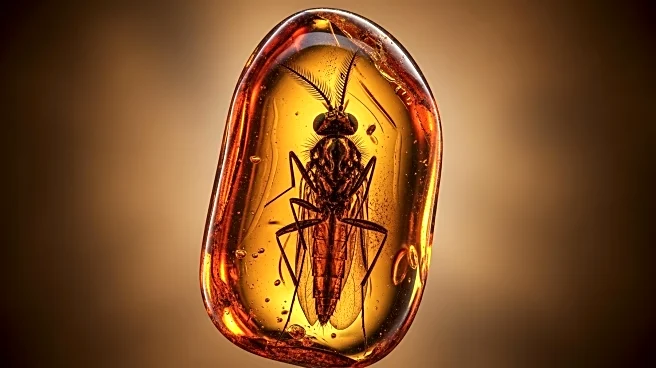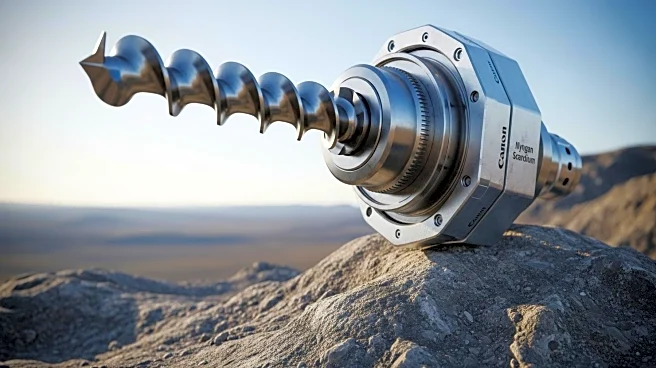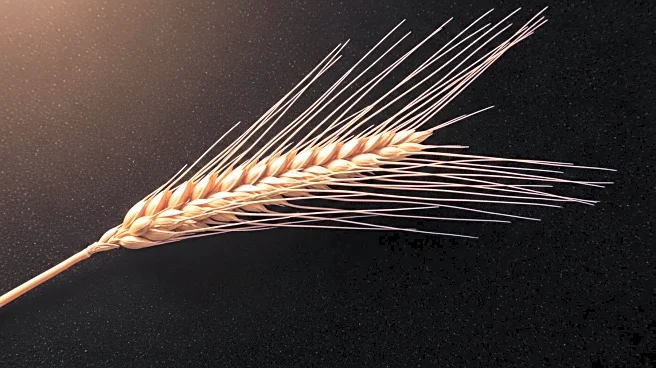What's Happening?
An international team of researchers led by the Doñana Biological Station has identified a 151-million-year-old midge fossil in Australia, marking the oldest known member of the Chironomidae family found in the Southern Hemisphere. This discovery suggests
that these freshwater insects may have originated on the southern supercontinent of Gondwana. The fossil, found in the Talbragar fish beds in New South Wales, features a unique anchoring structure previously thought to exist only in marine organisms. The study, published in Gondwana Research, involved experts from several institutions, including the Australian Museum Research Institute and the University of New South Wales.
Why It's Important?
This discovery challenges previous theories about the origins of the Podonominae subfamily, which were believed to have originated in northern Gondwana before spreading to Laurasia. The new evidence supports a Southern Hemisphere origin, offering insights into the evolutionary history of these insects. The findings highlight the adaptability of chironomids and underscore the importance of Southern Hemisphere fossils in understanding biodiversity. The research could influence future studies on the distribution and evolution of species, as well as conservation efforts for modern biodiversity.
What's Next?
Further analysis of the fossilized specimens, combined with genomics, will help determine the dispersal mechanisms of these insects after the breakup of Gondwana. This data will be valuable for understanding and conserving current biodiversity. Researchers aim to address the scarcity of Southern Hemisphere fossils to gain a comprehensive understanding of the evolutionary history of the Podonominae group.
Beyond the Headlines
The discovery raises questions about the biases in fossil studies, which often focus on the Northern Hemisphere. This could lead to incorrect assumptions about the origins of various species. The findings emphasize the need for more research in the Southern Hemisphere to fill gaps in the fossil record and provide a clearer picture of evolutionary processes.














